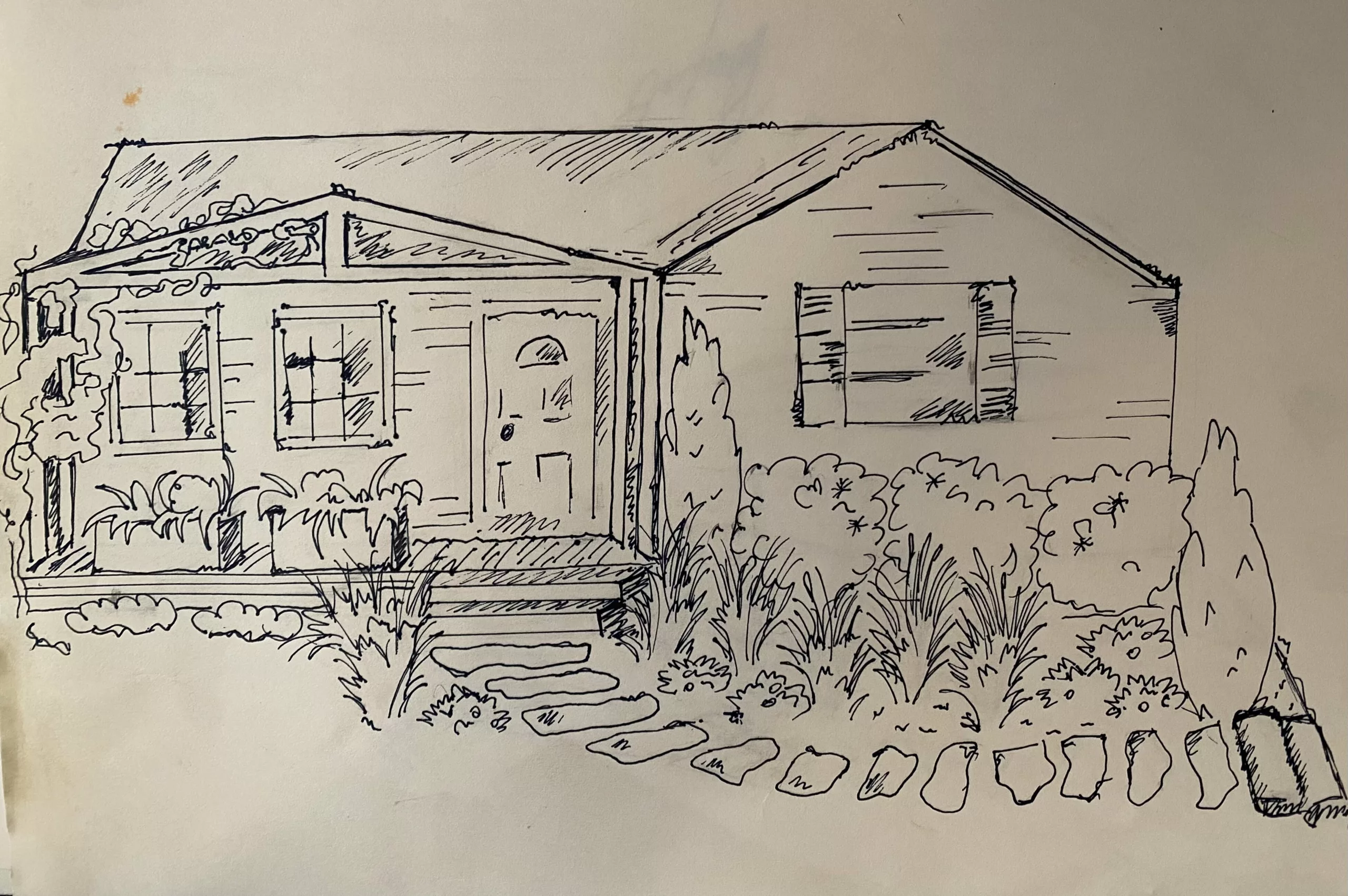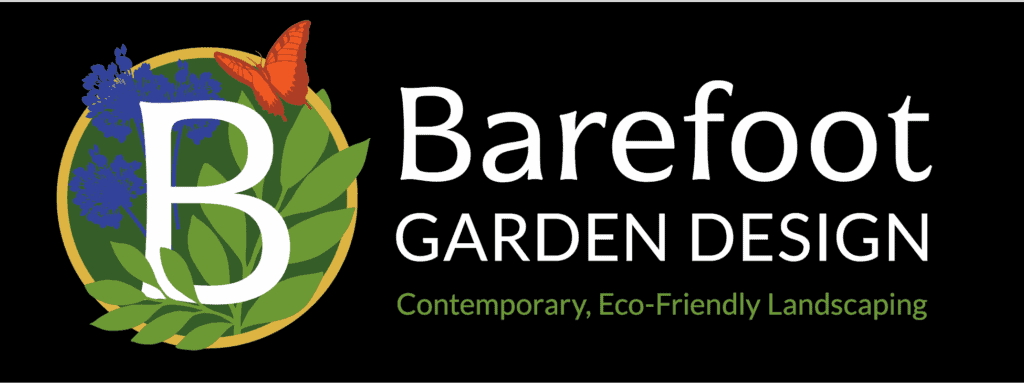Native plants will vary between USDA Hardiness Zones. Read on to find out what native plants are best for zone 7!
Simply put, native plants are indigenous to a particular region at a given time. These plants have physically, chemically, and genetically evolved to adapt to climatic conditions over many years. Others are naturally occurring plants in the region that have existed for thousands of years.
Why You Need to Find Native Plants for Your Region
Native plants help make the environment more sustainable in various ways. First, these plants provide the regional wildlife with food and shelter, forming a sustainable natural habitat. These include bees, butterflies, birds, etc.
As these plants attract native wildlife, they also ensure the continuation of ecological processes such as pollination. Native plants are pollinator-friendly, promising zero disruption in pollination. As a bonus, uninterrupted pollination also helps establish lush gardens.
Since native plants have adapted to the climatic conditions of a particular region, they do not require much maintenance. In fact, they can thrive during harsh weather and adjust according to meet their growing requirements.
Moreover, these plants do not require fertilizers and pesticides. So, you can add native plants to your garden to reduce air and water pollution.
Using native plants in areas that match their growing requirements is an excellent way of promoting a healthy atmosphere.
Hardiness Zone 7 Gardens
Native plants have several benefits as long as you choose the right plants according to their hardiness zone. Generally, zone 7 plants have an average annual minimum temperature ranging from 0 F to 10 F.
Zone 7 plants are different from plants of other hardiness zones as they bloom year round. Also known as four-season plants, they add interest to gardens throughout the year.
Here are the best native zone 7 plants to add to your space.
Bergenia
Are you looking for beautiful plants that can brighten the shady areas in your garden? Bergenia should end your search. It is the perfect addition to enhance dark and shady landscape corners.
Bergenia plants produce tiny, bell-shaped flowers in early spring. the color varieties include white, pink, and purple flowers. The flowers rub together to make a squeaky sound, which gave this plant another name: Pigsqueak.
It is a low-maintenance plant and thrives well in dappled sunlight and shaded areas. Provide it with well-drained, moist soil, and watch your Bergenia be a hassle-free plant baby.
Ninebark
Named after its attractive barks, Ninebark is an excellent option for year-round interest. The native shrub is famous in many gardens for its arching branches, lush foliage, and beautiful flowers.
As long you plant it in suitable climatic regions, the North American shrub does not give gardeners a hard time. Favoring slightly acidic soil, Ninebark is one of the best native plants for zone 7!
Caring for a Ninebark does not include heavy pruning, as it only demands occasional watering and feed. The deep burgundy foliage turns reddish-purple during springtime with whitish-pink flowerings popping out.
Maiden Grass
Miscanthus Sinensis, commonly known as Maiden Grass is a native Asian plant belonging to a family of ornamental plants. Largely found in Japan, Korea, Taiwan, and China, it also goes by Chinese Silvergrass.
Maiden Grass features arching stems that add a graceful appeal to any space. It grows stunning plumes in late summer and bronze-burgundy foliage in fall. The elegant grass domes in various sizes and colors add a dramatic dimension and movement to home landscapes.
Chinese Silvergrass is hardy in USDA zones 5 to 9 and thrives well in full sun. Miscanthus Sinensis favors well-drained soils with acidic pH.
Abelia
Native to Eastern Asia and Southern North America, Abelia Grandiflora is an old-fashioned shrub that belongs to the honeysuckle family.
The glossy foliage is one of the biggest reasons behind Alebia’s popularity in landscaping. Red in summers and a deeper shade during fall, Alebia’s foliage is always attractive.
Besides its aesthetic characteristics, Alebia shrubs are also low-maintenance with reliable performance. Alebia thrives well in partial to full sun and requires regular watering for optimum performance.
Dianthus
With over 300 species, Dianthus is mainly native to Europe and Asia and hardy in zones 3 to 9. Also commonly known as the Pink Plant, it grows as annual, perennial, and biennial. Regardless, Pink Plant makes a lovely addition to flower gardens. You can even add it to borders or display it in containers.
The attractive flowering plant gives immense ease for care, making it a suitable option for beginners. Dianthus produces attractive pink, red, white, and salmon flowers from May to October.
Burning Bush
Euonymus Alatus, commonly called Burning Bush is an Asian native bushy plant, hardy in zones 4 to 8. It is perfect if you would like a splash of crimson in your garden. Burning Bush comes in a few different types, characterized by the maximum height and width.
Burning Bush flaunts clusters of pointed leaves in a deep purplish-red color. It also produces tiny flowers, which soon turn into berries during May and June. It thrives well in rich soil varieties and sunny locations.
Bottom Line
Native plants have several ecological and financial benefits as they make your garden more sustainable and easy to care for. However, it is crucial to choose the right native plants according to the climatic conditions of your region. These plants are some of the best native plants for zone 7 growing conditions.







